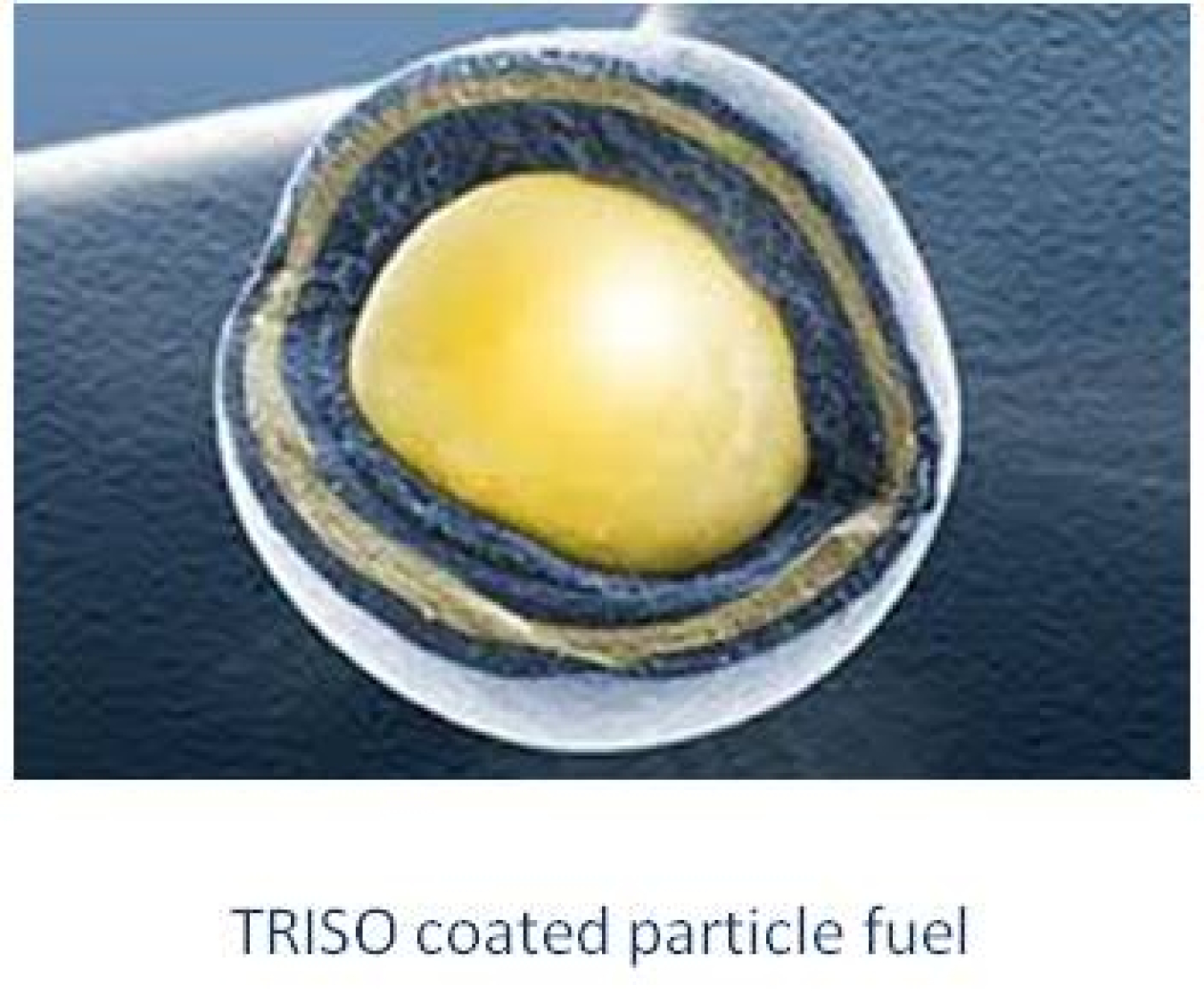The Office of Advanced Reactor Technologies (ART) sponsors research, development and deployment (RD&D) activities through its Next Generation Nuclear Plant (NGNP), Advanced Reactor Concepts (ARC), and Advanced Small Modular Reactor (ASMR) programs to promote safety, technical, economical, and environmental advancements of innovative Generation IV nuclear energy technologies.
The Office of Nuclear Energy will pursue these advancements through RD&D activities at the Department of Energy (DOE) national laboratories and U.S. universities, as well as through collaboration with industry and international partners. These activities will focus on advancing scientific understanding of these technologies, establishing an international network of user facilities for civil nuclear RD&D, improving economic competitiveness, and reducing the technical and regulatory uncertainties for deploying new nuclear reactor technologies. International collaborations are conducted through bilateral and multilateral agreements, including through the Generation IV International Forum.

Next Generation Nuclear Plant
The NGNP was envisioned to demonstrate the technical viability of high temperature gas-cooled reactor (HTGR) technology that could provide both electricity and high-temperature process heat for a variety of industrial uses. The program has sponsored collaborative efforts with universities, industry, and the U.S. Nuclear Regulatory Commission (NRC) to conduct R&D necessary to license and demonstrate a new generation of gas-cooled, accident-tolerant reactors in the United States. Collaborative efforts have also been conducted with international researchers through the Generation IV International Forum Very High Temperature Reactor System Arrangement and R&D has continued on TRISO coated particle fuels, materials, design methods, and user applications.
Execution of the NGNP R&D activities has followed a stepwise process that included feedback and a focus on efficiency and cost-effectiveness to ensure maximum usefulness and applicability of results. The Department initiated collaboration with the U.S. private sector to understand industrial end-user requirements, produce trade studies evaluating the integration of NGNP into various industrial applications, and develop cost-sharing strategies to support industry in their efforts to commercialize HTGR technologies. Concurrently, the Department’s collaboration with the NRC has resulted in a preliminary framework for licensing gas-cooled reactors in the United States.
Benefits of NGNP R&D:
- Has the potential to reduce greenhouse gas emissions by displacing fossil fuels in the generation of electricity and in the production of process heat for certain applications including petroleum refining and the production of fertilizers and other chemical products.
- Engages the private sector in the development of this important environmental and energy security objective.
- Develops extremely high integrity fuel under all postulated challenges thereby providing inherent safety for this class of reactors.
Advanced Reactor Concepts
The ARC program supports the research of advanced reactor subsystems and addresses long-term technical barriers for the development of advanced nuclear fission energy systems utilizing coolants such as liquid metal, fluoride salt, or gas.
ARC program activities are focused on supporting the work on advanced concepts with the following key benefits:
- Research on innovative technologies that resolve key feasibility and performance challenges.
- Research on innovative technologies that reduce fabrication, construction and operating costs.
- Exploration and development of supercritical CO2 Brayton thermal cycle for diverse reactor applications that couple nuclear reactors to power generation with much improved conversion efficiency and reduced plant size.
- Enable, through research, additional long-term nuclear energy options that have the potential to provide significant safety, economic improvements and lower fabrication, construction and operations costs.
- Utilize international collaborations to leverage and expand R&D investments.
The key R&D needs are being addressed for advanced concepts at different maturity levels: liquid metal-cooled fast reactors, including sodium-cooled fast reactors, and fluoride salt-cooled high-temperature reactors. The ARC program is expanding engagement with industry by use of the Technical Review Panel process in which viable reactor concepts are evaluated by reactor experts in order to identify R&D needs of advanced concepts and help inform DOE R&D investment decisions.
The program supports international collaboration through bilateral engagement and multilateral arrangements such as the in the Generation IV International Forum and the Sodium Fast Reactor trilateral arrangement.
This program will be focused on high value research for long-term concepts, R&D needs for promising mid-range concepts, the development of innovative technologies that benefit multiple concepts and stimulation of new ideas for transformational future concepts.
Advanced SMR R&D
SMRs designed from advanced and innovative concepts, using non-LWR coolants such as liquid metal, helium or liquid salt, may offer added functionality and affordability. This program element will support laboratory, university, and industry projects to conduct R&D on capabilities and technologies that are unique and support development of advanced SMR concepts for use in the mid- to long-term.
Advanced SMR R&D activities will focus on four key areas:
- Developing assessment methods for evaluating advanced SMR technologies and characteristics
- Developing and testing of materials, fuels and fabrication techniques
- Resolving key regulatory issues identified by NRC and industry
- Developing advanced instrumentation and controls and human-machine interfaces
This program element may also include evaluations of advanced reactor technologies that offer simplified operation and maintenance for distributed power and load-following applications, and increased proliferation resistance and security.

